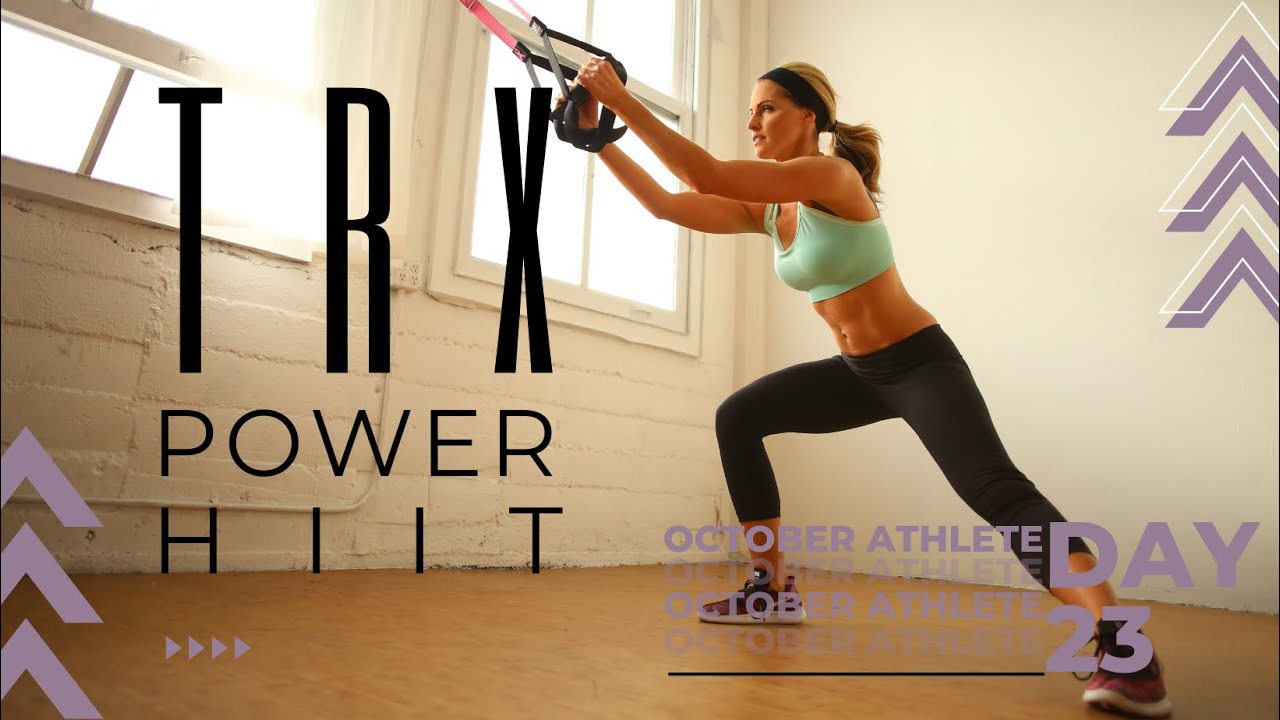Welcome back to Mobility 101, the second part of a three part series. In Part 1 we defined and addressed the importance of mobility, identifying the hips. In case you missed Part 1, check it out here: https://www.trxtraining.com/train/part-1-mobility-101-less-is-more-when-it-comes-to-restoring-full-range-of-motion
In this next part, we are going to take a deeper dive into recommendations on rejuvenating soft tissue and removing restriction through addressing the shoulders and thoracic spine.
When training for mobility, follow the tips below:
1.Move slowly and deliberately
2.Use low to moderate loads (easy vector or pendulum)
3.Work through large ranges of motion
4.Maintain proper body alignment
5.Take slow, controlled breaths from your diaphragm
6.If you feel pain then back off or stop
7.While the minimum recommended “dose” is two minutes, you can keep going until you make change or stop making change
Shoulders/Thoracic Spine
All too often, we think about the shoulders and thoracic spine as two separate things, when in reality they are actually part of the same system, with the shoulder blade (scapula) acting like a steering wheel for the shoulder. That being said, instead of spending most of your shoulder mobility time targeting the ball and socket, you should start incorporating a little t-spine work, too. In addition, start to regularly stress your shoulders with overhead, hang and press shapes (think pull-ups and push presses, upright rows and snatches, and bench presses or flys). We suggest regularly untacking your shoulders and t-spine with the following mobility combination:
A) T-Spine/Traps Tack and Floss against the Wall
- Stand next to a wall, facing away from it
- Place a lacrosse ball or other small mobility ball between the wall and the inside of your left shoulder blade (start at the bottom of the blade)
- Pressing into the ball, slowly move the ball side to side. You can also press into it and breathe deeply from your diaphragm
- Spend up to one to two minutes in the start position, and then move the ball up the scapula/spine
- Repeat and keep going until you’re above the top of your shoulder blade and into the upper trapezius muscle region.
- Switch sides
B) Duo Trainer™ Hang
- Stand under a TRX Duo Trainer (TRX Duo Trainer set up/anchored in pull up position)
- Using a small jump if needed, reach both arms up and wrap your hands around the bottom of the handles, making sure your pinkies are over the top of each
- Keeping the insides of your upper arms close to your ears, hang for 10 to 20 seconds
- Drop down to the start position and repeat for up to two minutes in total duration.


